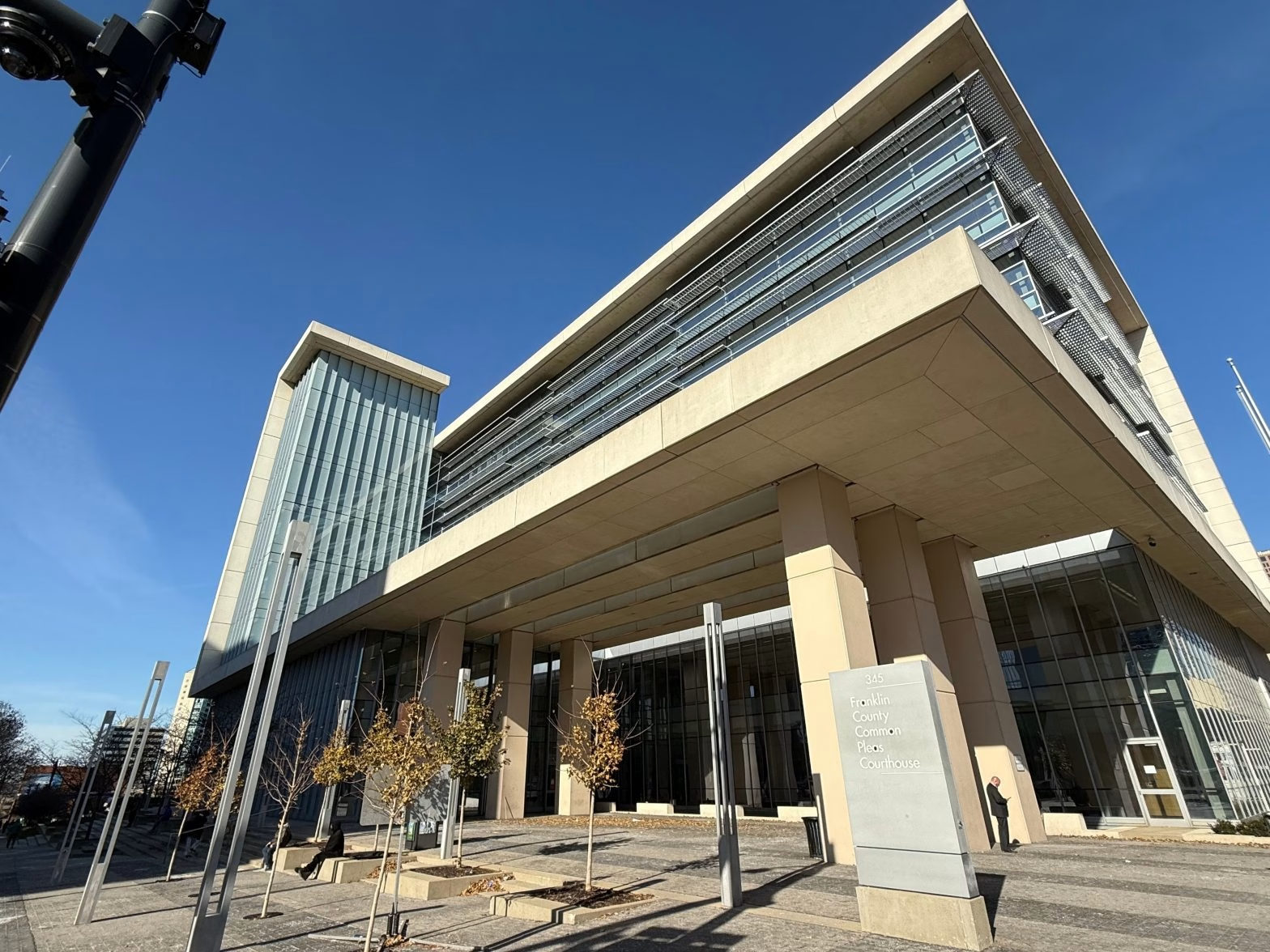Daylight Saving Time Ends: Why ‘Falling Back’ Divides Opinion
The Ongoing Debate Over Daylight Saving Time
Love it or hate it, the twice-a-year clock change sparks debate every time. At 2 a.m. Sunday, Nov. 2, Daylight saving time ended, with Americans gaining a little extra sleep, but also reigniting arguments over whether it still makes sense in today’s world.
A Century-Old Practice With Mixed Results
Daylight Saving Time was originally designed to save energy. First adopted locally in Canada in 1908, the concept gained global attention when Germany implemented it during World War I to conserve fuel. The United States followed in 1918 under the Standard Time Act, which extended daylight hours to support wartime industries.
But the change was unpopular with farmers, who relied on sunrise and sunset rather than the clock. DST was repealed after the war, only to resurface during World War II as “War Time.” After the war, inconsistent state and local rules caused chaos. This confusion led to the Uniform Time Act of 1966, which standardized DST’s start and end dates nationwide, though states were allowed to opt out.
The length of DST has since been extended multiple times, most recently in 2005, when Congress expanded it to eight months of the year.
The Debate: Energy, Health, Safety
While the original purpose of DST was to save energy, modern studies suggest it no longer serves that goal. Many experts argue that the energy savings are negligible, especially with the rise of air conditioning and electric lighting.
The health impacts of clock changes are another sticking point. Studies link the springtime shift to sleep disruption, a spike in heart attacks, and an increase in traffic accidents. These findings have raised concerns about the potential negative effects of altering daily routines.
Safety concerns have long been part of the conversation. A 1974 experiment with year-round DST faced public backlash after children were forced to commute to school in the dark, leading to its repeal. This highlights the challenges of implementing a permanent change without considering all the implications.
Legal Challenges, Legislative Gridlock
Despite widespread dissatisfaction with DST, federal law makes change difficult. The Uniform Time Act allows states to opt out of DST entirely, but it does not permit permanent daylight saving time without Congressional approval.
At least 19 states have passed laws or resolutions supporting permanent DST, but action at the federal level has stalled. The “Sunshine Protection Act,” a proposal to make DST permanent nationwide, has been introduced multiple times in Congress but has not passed.
For now, Americans will keep adjusting their clocks twice a year, even as debate over the practice continues.
Related Stories
- WATCH: PA’s Meek Mill Cuffed Outside NYC Club On Halloween—No Arrest After Viral Gun Claim
- DC Declares Juvenile Curfew After Navy Yard Brawl Involving Hundreds Of Teens, Police Say
- United Planes Carrying Total Of 328 Passengers Collide On LaGuardia Tarmac
- Molly-Mae Hague gives a health update on daughter Bambi after the toddler was rushed to hospital - December 16, 2025
- Wagub Aceh: Layanan Kesehatan untuk Korban Banjir Masih Terbatas - December 16, 2025
- Contoh Modul Pembelajaran Deep Learning IPA Biologi Kelas 12 SMA Semester 1 Bab 1 - December 16, 2025




Leave a Reply